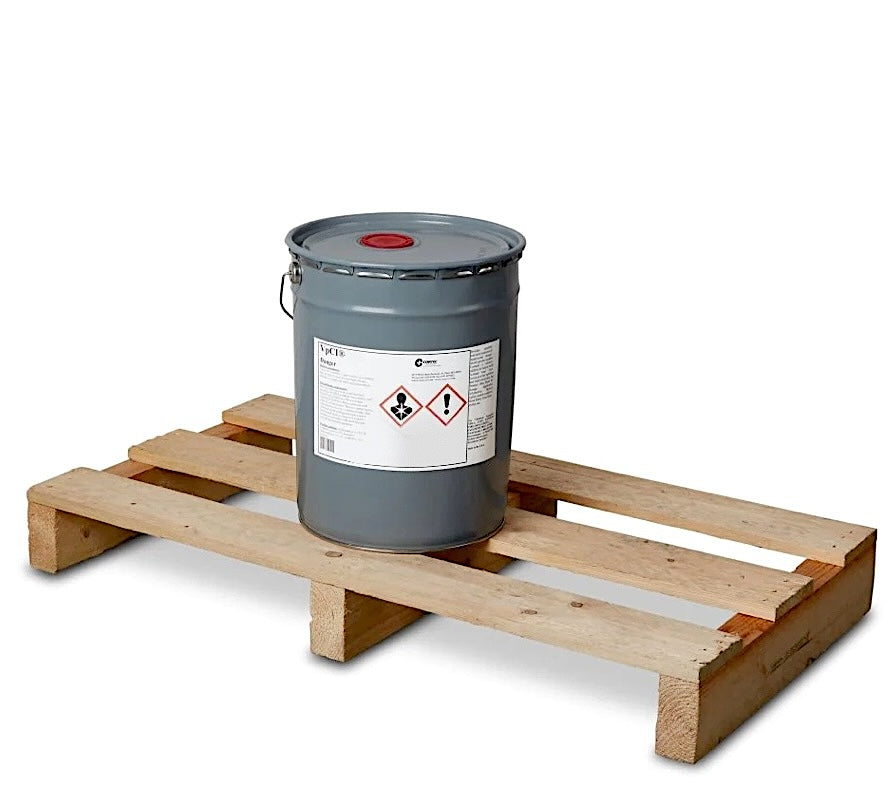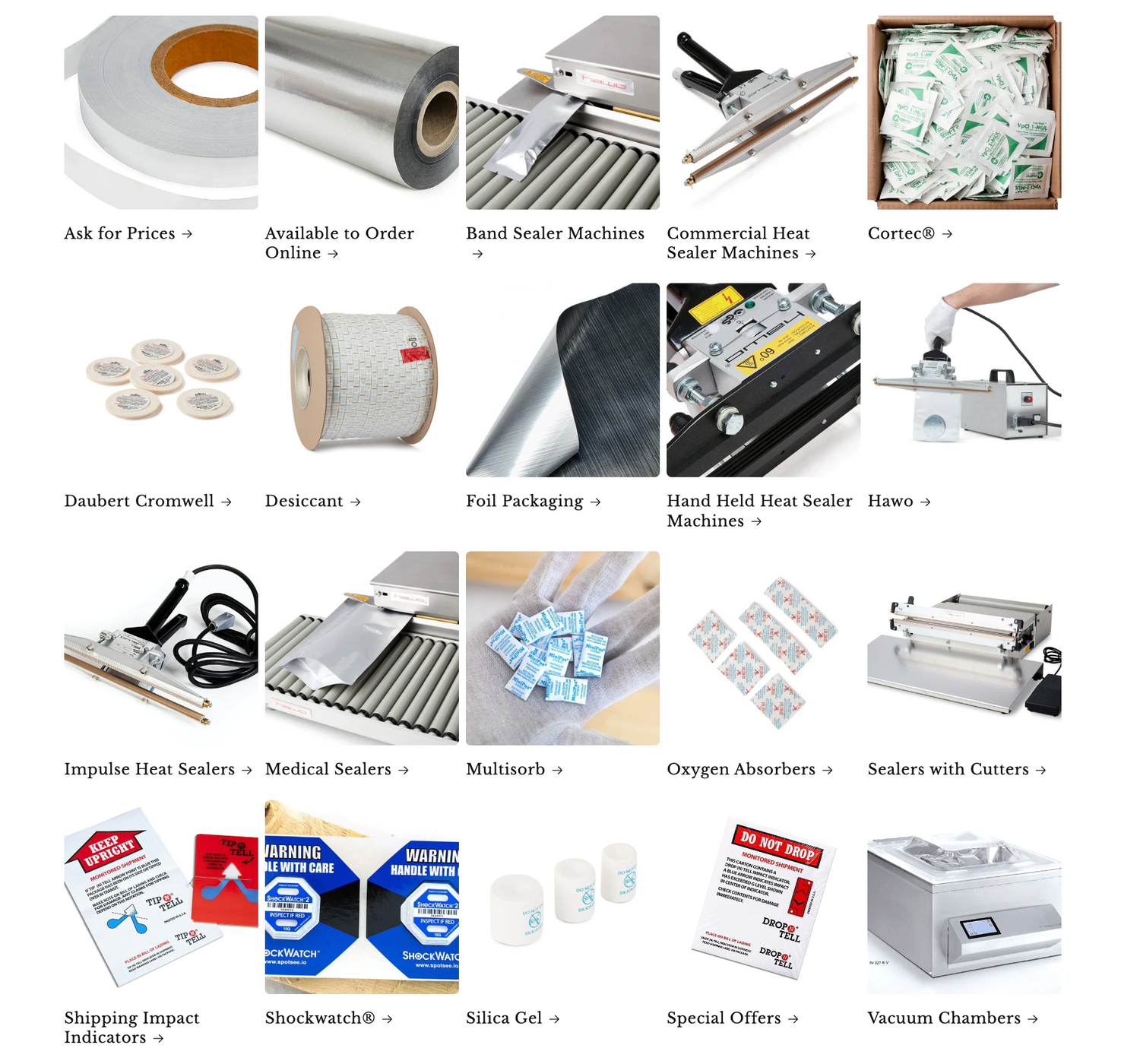Cortec Boiler Egg™
Cortec Boiler Egg™
Call for quote
Couldn't load pickup availability
The Cortec Boiler Egg™ decreases the level of oxygen and metal passivation during the initial water filling after not using boilers for a long time in a dry layup.
It is packaged in a soluble pouch, dissolving upon water contact. As a result, Boiler Egg prevents oxygen pitting, an occurrence where water becomes corrosive once heated. This corrosive nature of water is due to the presence of oxygen, carbon dioxide, or other dissolved gases.
Packaging & Storage for Cortec Boiler Egg
This product is packaged in tubes with one bag for each tube. Store product indoors and away from direct sunlight. Maintain recommended temperature as per the packaging’s instructions.
Features
- Boiler Egg™ is water soluble upon water contact
- Its pH is neutral
- Biodegradable
- Water Treatment Capacity (1 pouch = 1000 Gallons of Makeup water)
- Passed OSHA standards
- Tagged as non-hazardous
- Benefits
- Shields your boiler during startup from oxygen pitting
- Acts as a potent metal passivator
- Protect the metal surfaces of your boiler system
- Prolongs the useful life of metal components in equipment
- Eliminates waiting time since the packaging is water soluble upon water contact
- Enhances productivity through ease of application
Dry Layup Application
Simply place the Boiler Egg™ into the boiler component. Don’t slice open the inner bag. For firetube boilers, place the bag at the base part for a quicker reaction during filling. For water tube boilers, put the pouch in the steam drum below the feedwater line. Then, seal all openings.
Startup Procedure
The beauty of using Boiler Egg™ lies in its simplicity. No product or inner bag removal is necessary before boiler startup. As the boiler is filled with water and undergoes the common startup procedure, the PVA bag enclosing Boiler Egg™ will dissolve. Consequently, the contents of Boiler Egg™, including VpCI® (Vapor phase Corrosion Inhibitor), will be released into the makeup water, providing effective protection throughout the filling process.
Synergistic Approach
This product works well with Boiler Lizard, forming a revolutionary prevention kit for boilers in a dry layup. It safeguards your equipment and boilers, ensuring they are in tip-top condition during their useful life. Place Boiler Egg™ with Boiler Lizard®
Dormant Yet Responsive
While in storage, the Boiler Egg™ remains intact and dormant, ready to spring into action when the boiler is put back into service. Once the boiler reaches normal operating conditions, the Boiler Egg™ will quickly dissolve in the initial makeup water, providing continuous protection throughout the startup phase.
Precautions
Avoid usage in systems containing yellow metals, as it may lead to corrosion.
Thoroughly assess compatibility with non-metallic components before incorporating Boiler Egg™ Certain non-metallic materials might be sensitive to heat or steam.
Ensure that the boiler eggs are installed and operated within recommended temperature and pressure ranges to prevent any adverse reactions.
Regularly inspect and maintain boiler eggs to detect any signs of wear or deterioration. Timely maintenance can prevent unexpected failures that may disrupt boiler operations.
Train personnel involved in operating and maintaining best practices and safety protocols to minimise the risk of accidents or misuse.
Keep a comprehensive record of Boiler Egg™ performance, maintenance activities, and any incidents to facilitate proactive troubleshooting and continuous improvement.
Consult with the manufacturer or a qualified expert to ensure that the changes do not compromise safety or violate any regulations.
Regularly review and update your standard operating procedures to reflect the latest safety guidelines and industry best practices related to the use of Boiler Egg™ in boiler systems.
By following these precautions and guidelines, you can enhance the safe and efficient use of Boiler Egg™ in boiler operations, minimising potential risks and ensuring equipment quality and integrity.
Product Specifications (.PDF)



